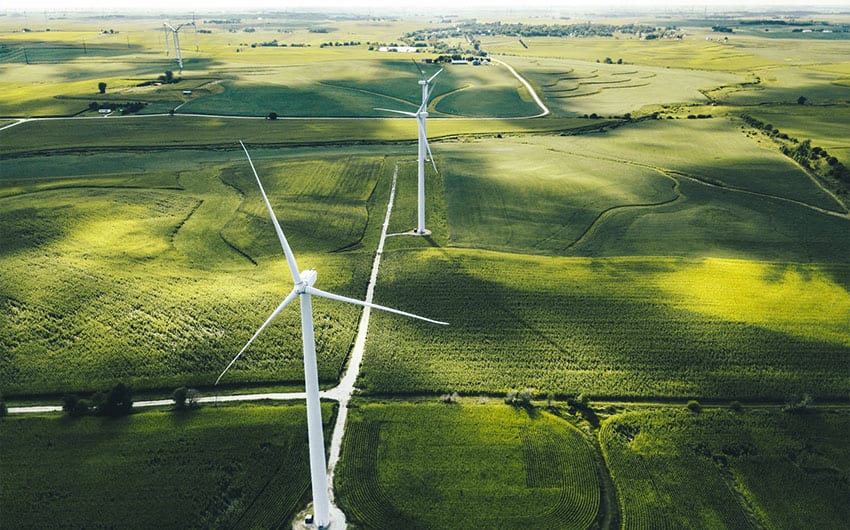
Today we hear a lot of talk about climate change, renewable energy, decarbonization, etc. and no one can argue with the benefits of clean energy. There seems to be an inevitable push towards a carbon-free economy and everyone has a plan. So, what’s yours?
Industrial facilities are faced with complex choices in an area that used to be straight forward. Deregulation of electricity and natural gas supply and transmission with independent energy supply brokers as well as various utility and state energy efficiency programs provide a mind-boggling array of options. The drive to ultimately eliminate carbon from energy is only going to increase the complexity and consequence of the choices you will have to make.
Decarbonization of energy must incorporate transportation energy as well as energy for buildings including residential, commercial and industrial. [While transportation doesn’t impact directly on most industry, currently the prime option for elimination of transportation energy carbon is electrification of vehicles which will indirectly impact industry by adding to the power grid load. Decarbonization of residential, most commercial and some industrial facilities squarely rests on electrification of heating where possible.] The added load from residential and commercial electrification together with electrification of all light duty vehicles with an intermittent power supply will create some significant reliability challenges ahead. While nuclear energy and biomass energy provide baseload and dispatchable power, a significant share of the non-carbon energy supply must come from wind and solar.
Wind and solar can provide vast quantities of carbon-free electrical energy, but not necessarily concurrent with load requirements or even fully predictable, and therefore somewhat at odds with efficient industrial processes. This results in a focus on energy storage which must be relied upon to match intermittent supply with pre-scheduled load. [Policy makers talk of adjusting tariff rates and/or regulations to encourage load shifting to hours when there is excess renewable energy on the grid, but this cannot be applied to industrial production which must be coordinated with supply chain and employee schedules in order to be effective.] The storage discussion is just beginning and there are many options including electric batteries, pumped hydro, mechanical and thermal conversion and electrolysis of hydrogen which can be stored or turned into synthetic gas and distributed through the existing natural gas network. It is likely that all forms of storage will be leveraged in the future.
So, how do we transition from the current fossil fuel driven economy to a decarbonized future? A first step is to reduce the carbon footprint of existing fossil fuel energy generation. For industrial processes with significant thermal needs such as food processing, pharmaceuticals, refining, etc., combining thermal and power production into a localized process will offer high efficiency as well as reliability. Combined Heat and Power (CHP), which is typically natural gas driven, is supported by US Environmental Protection Agency, US Department of Energy and the Pennsylvania Public Utility Commission as a clean, efficient and reliable method of producing energy on-site. The same efficiency that yields carbon emissions reductions also yields energy cost savings in most situations. This technology, which has been employed of over 100 years, can also be fueled from biofuels or syn-gas as we move towards a carbon free economy.
DVIRC has partnered with the US DOE’s Mid-Atlantic CHP Technical Assistance Partnership to provide free screenings for facilities that want to consider CHP. For further information, please contact Severna Gibson at sgibson@dvirc.org.

